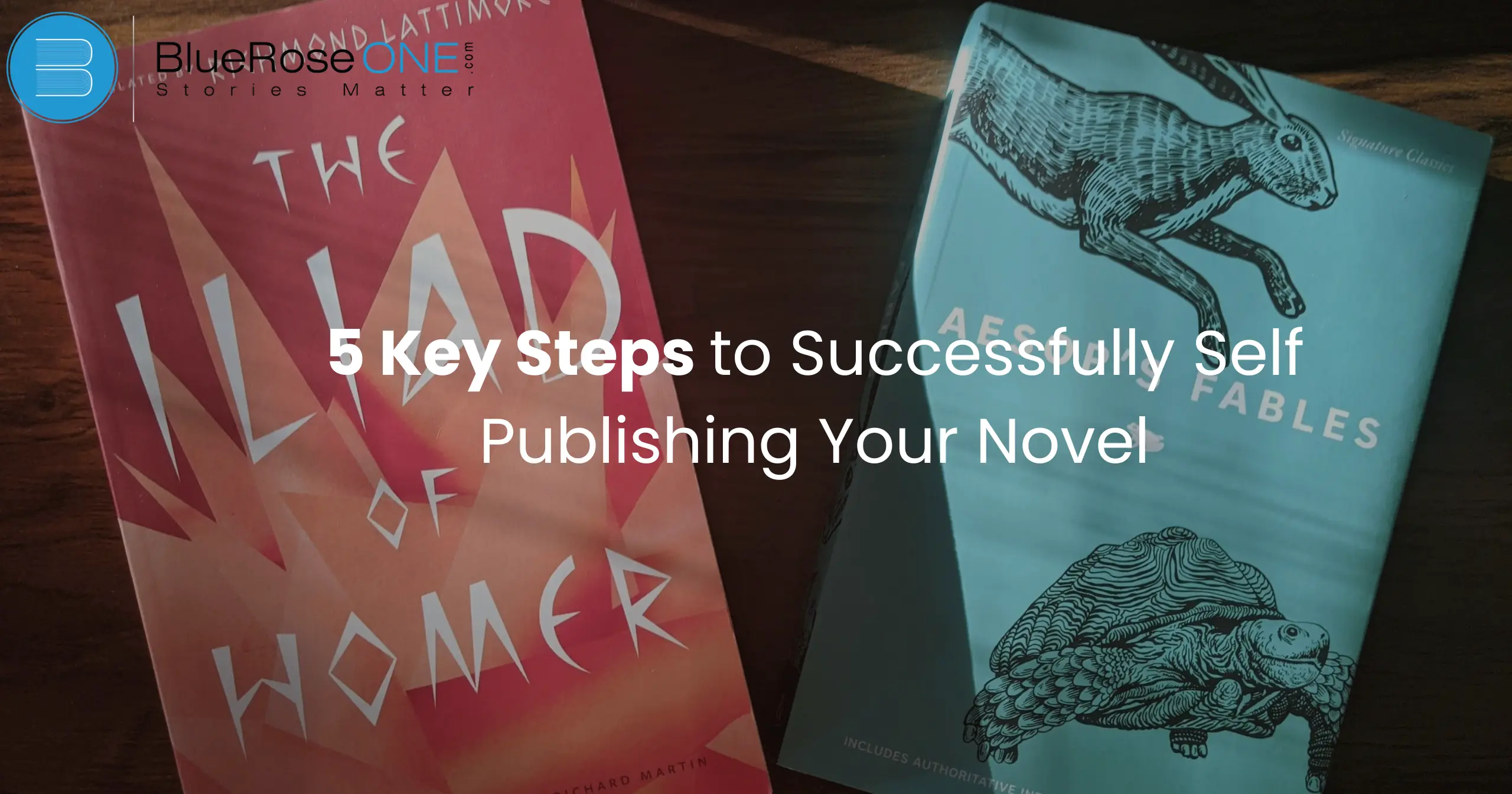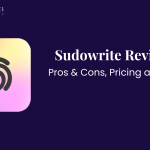In the ever-changing world of contemporary publishing, self publishing your novel has become a viable option for writers who want to express their ideas. Writers are no longer limited by conventional publishing routes and can use digital networks and online platforms to create their own success stories. Accept this life-changing experience as we explore the crucial procedures for launching your book on a global scale.
Step 1: Writing Your Novel
Writing Your Novel is an exciting creative and labor-intensive journey, but the true voyage starts when you publish your masterpiece on your own. Take into account these five essential procedures to make this process go smoothly. First and foremost, be sure that your manuscript is flawlessly edited.
Second, create a cover that grabs the attention of potential readers right away. Thirdly, choose the appropriate self-publishing platform, such as Amazon Kindle Direct Publishing or BlueRose Publishers.
Fourth, develop a marketing strategy that will help you effectively reach your target audience. Finally, if you want to develop a devoted fan following, interact with your readers on social media and at author events. Self-publishing your novel can be a fulfilling experience if you follow these guidelines.
You may also like: 10 Effective Strategies to Improve Your Reading Habits
Step 2: Editing and Proofreading
Editing and proofreading are essential steps in successfully self-publishing your novel. These procedures guarantee that, before it is in the hands of your readers, your document is flawless and devoid of errors. While proofreading focuses on removing grammatical, punctuation, and spelling mistakes, editing refines your work for clarity, coherence, and consistency.
You may improve the quality of your novel and make it more professional and readable by carefully editing and proofreading it. In the cutthroat world of self-publishing, this attention to detail not only improves the reading experience for your readers but also strengthens your reputation as a writer. Make the time and effort to edit and proofread your story so that it stands out in the literary world.
Step 3: Designing a Professional Cover
Creating a high-quality cover is essential to self-publishing your book. It serves as the public face of your writing and the initial impression that readers will get.
Think about important components like typography, color design, and artwork to guarantee success. Your book’s category and tone should be reflected on the cover, which should also make it stand out from the competition.
Your cover can be brought up to industry standards by using professional design software or by hiring a talented designer. Recall that spending money on a strong cover increases your novel’s visibility and marketability, which will increase the likelihood that you will succeed with self-publishing.
You may also like: Demystifying Self-Publishing vs. Traditional Publishing: Which Is Right for You?
Step 4: Formatting Your Manuscript
Formatting Your Manuscript is an essential step to publishing your manuscript through self-publishing. A well-written manuscript raises the professionalism of your book and improves reading.
Start by following formatting conventions that are widely accepted in the business, such as double-spacing your text, choosing a readable font (such as Times New Roman or Arial), and maintaining even margins. Include a title page as well, containing the title of your book, your name, and the word count, among other pertinent details.
In addition to improving the manuscript’s appearance, proper formatting speeds up the publishing process, ensures that it satisfies the specifications of different self-publishing platforms, and raises the likelihood of success.
Step 5: Publishing and Marketing Your Novel
Successfully self-publishing your novel involves navigating several crucial steps with finesse. First and foremost, writing a document that grabs readers’ attention from beginning to end is crucial. After that, carefully revise and check your work to ensure it is flawless.
Next is formatting, which is important for a professional presentation but is sometimes missed. Use distribution networks such as BlueRose Publishers or Amazon Kindle Direct Publishing. And last, marketing is critical.
To reach your audience, create an author platform, make use of social media, and think about sponsored promotions. You can start your rewarding adventure of self-publishing your work by carefully following these instructions.
Conclusion
Self-publishing your novel can be a rewarding and fulfilling journey, allowing you to share your creative vision with readers around the globe. These five essential procedures will help you succeed and leave your mark on the literary world: from writing and editing to designing and marketing. So, why do you hesitate? Decide to share your tale with the world by taking the risk.
If you have a dream of publishing a book through self-publishing, BlueRose Publishers stands as the only publisher that can help you fulfill your dream.
Frequently Asked Questions
Self-publishing costs can vary depending on factors such as editing, cover design, and marketing. However, many authors find that self-publishing is more cost-effective than traditional publishing in the long run.
The timeline for self-publishing a novel can vary depending on factors such as the length of the manuscript, the extent of editing required, and the author’s marketing strategy. On average, the process can take anywhere from a few months to a year or more.
Unlike traditional publishing, self-publishing does not require an agent. Authors have the freedom to publish their work independently without the need for representation.
While it can be more challenging to get self-published books into brick-and-mortar bookstores, it’s not impossible. Authors can explore options such as print-on-demand services or consignment agreements with local bookstores to make their books available to readers offline.
As a self-published author, you retain full control over your work and its rights. This means you have the freedom to adapt your novel into other formats, such as audiobooks or film adaptations, and negotiate deals with publishers or other media companies as you see fit.
















